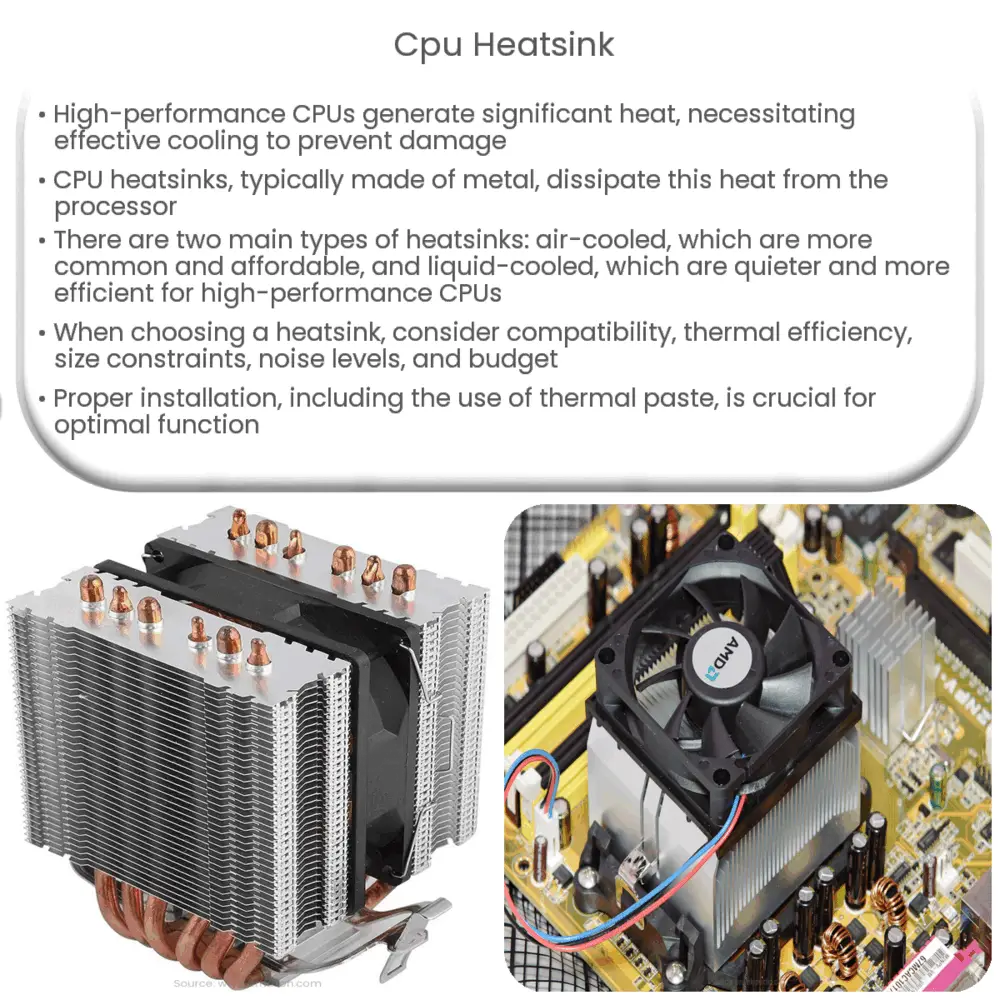The three main types of cooling system fans are axial, forward-curved centrifugal, and backward-inclined, each serving specific purposes based on differences in energy efficiency, cost, and noise factors. Understanding these distinctions is crucial for optimal fan selection in HVAC systems.
The application of fans in the HVAC industry extends to various sectors like car radiator cooling, where electric fans now dominate the market due to their versatility in configuration. Whether for residential or industrial use, fans play a critical role in maintaining optimal temperatures and air circulation.
Different fan types and structures, such as axial fans and centrifugal blowers, cater to different airflow requirements, highlighting the importance of selecting the right fan type for specific cooling needs.

Credit: towardsdatascience.com
Types Of Cooling Fans
The three main types of cooling fans are axial fans, forward-curved centrifugal fans, and backward-inclined fans. Each type has its own advantages in terms of energy efficiency, cost-effectiveness, and noise levels. These fans are commonly used in HVAC systems and come in various configurations.
[if lte IE 9]>All about Cooling Fans.
<![endif]Axial Fans
Axial fans operate by creating airflow along the axis of the fan, with blades that rotate around the axis. These fans are commonly used in cooling systems due to their efficient cooling capabilities.
Centrifugal Blowers
Centrifugal blowers function by drawing air into the center of the fan and then expelling it radially. They are ideal for applications requiring higher pressure or airflow.
Cross Flow Fans
Cross flow fans have an elongated shape that allows air to flow across the fan’s axis. These fans are suited for compact spaces where airflow needs to be distributed evenly.
Electronic Cooling Fans
Electronic cooling fans are designed specifically for cooling electronic components, such as computer processors or graphic cards, ensuring optimal performance and preventing overheating.
Car Radiator Fans
Car radiator fans come in mechanical and electric types, with the electric variant being more common today. They play a crucial role in maintaining the operating temperature of the vehicle’s engine.
Features And Applications
The three types of cooling system fans – axial, forward-curved centrifugal, and backward-inclined – are commonly used in HVAC systems. Each fan type has distinct features, benefits, and applications that cater to specific cooling needs. Understanding the variances in energy efficiency and noise considerations is crucial for optimal fan selection.
When it comes to HVAC systems, axial fans, forward-curved centrifugal fans, and backward-inclined fans play vital roles in maintaining efficient cooling. These fans are deployed for different applications such as ventilation, air conditioning, and refrigeration systems.
In terms of structure and air flow, cooling fans vary in design and functionality. Axial fans move air parallel to the fan blade axis, centrifugal blowers propel air perpendicular to the fan axis, and cross flow fans create airflow across the width of the fan. This diversity in structure influences the fan’s efficiency and performance in various settings.
When selecting electronic cooling fans, factors like size, speed, noise level, and power consumption should be considered. Ensuring proper fan selection based on specific equipment requirements is essential for maintaining optimal operating conditions and preventing overheating.
The primary function of cooling fans is to dissipate heat generated by electronic components. By facilitating air circulation and heat exchange, cooling fans prevent equipment damage and enhance device longevity. Understanding the functions and applications of cooling fans is fundamental in designing efficient cooling systems.
Choosing The Right Fan
Factors To Consider For Choosing The Best Cooling Fan
When selecting the ideal cooling fan, several factors need consideration. The size of the space, noise levels, and energy efficiency are key factors to ponder. Depending on the application, the airflow and static pressure requirements should match the fan’s performance.
Comparison Of Input Power Types Ac And Dc
Understanding the difference between AC and DC input power for cooling fans is crucial. While AC fans are cost-effective and offer constant power supply, DC fans provide variable-speed control and are energy-efficient. It’s essential to weigh the pros and cons before selecting a suitable power input type.
Tips For Selecting The Right Fan For Specific Needs
- Assess the space size and airflow requirements.
- Evaluate noise levels to ensure a peaceful environment.
- Consider energy efficiency to reduce operational costs.
- Match the static pressure with the application demands.
- Choose between AC and DC input power based on the required control and efficiency.
By applying these tips, you can narrow down the options and find the perfect cooling fan for your specific needs.

Credit: www.electricity-magnetism.org
Cost And Best Options
When considering cost and the best options for cooling fans, it’s essential to understand the differences between axial fans, pedestal fans, and blower fans. Each type varies in energy efficiency, cost-effectiveness, and noise considerations, so research is vital for making the right choice for your needs.
Comparison Of Different Prices Of Cooling Fans
When it comes to cooling fans, the cost can vary depending on the type and features. Here, we compare the prices of different cooling fans available in the market:| Brand | Model | Price | Discount |
|---|---|---|---|
| Vornado | Transom | $99.99 | — |
| Speedway Motors | Steel Mechanical Cooling Fan | $37.79 | 10% OFF |
| — | — | — | — |
| — | — | — | — |
Top Recommended Cooling Fans In The Market
Finding the best cooling fan can be overwhelming with so many options available. Here are some top recommended cooling fans based on their performance and customer reviews:- Vornado Transom – $99.99
- Speedway Motors Steel Mechanical Cooling Fan – $37.79 (10% OFF)
- —
- —

Credit: www.united-bim.com
Frequently Asked Questions For Types Of Cooling Fan
What Are The Three Types Of Cooling System Fans?
The three types of cooling system fans are axial, forward-curved centrifugal, and backward-inclined. Each fan is suited to different purposes based on energy efficiency, cost-effectiveness, and noise.
What Are The 2 Types Of Radiator Fans?
Car radiator fans are divided into Mechanical and electric types. Electric fans are more common today and come in various configurations.
What Is The Best Fan For Cooling You Down?
The best fan for cooling you down depends on your needs. Axial fans are energy-efficient, pedestal fans are versatile, and blower fans offer powerful airflow. Consider factors like energy efficiency, cost-effectiveness, and noise levels to choose the best option for you.
What Are The Different Types Of Ac Fans?
The three types of AC fans commonly used in HVAC systems are axial fans, forward-curved centrifugal fans, and backward-inclined fans. Each type has distinct characteristics in terms of energy efficiency, cost-effectiveness, and noise levels.
What Are The Different Types Of Cooling Fans?
There are three main types of cooling fans used in HVAC systems: axial fans, forward-curved centrifugal fans, and backward-inclined fans. Each type has its own unique features and benefits.
Conclusion
Understanding the different types of cooling fans is essential for selecting the most suitable cooling solution for specific applications. Whether it’s axial fans, centrifugal blowers, or cross-flow fans, each type offers distinct advantages in terms of airflow, energy efficiency, and noise control.
By considering these differences, you can make informed decisions to optimize cooling performance.